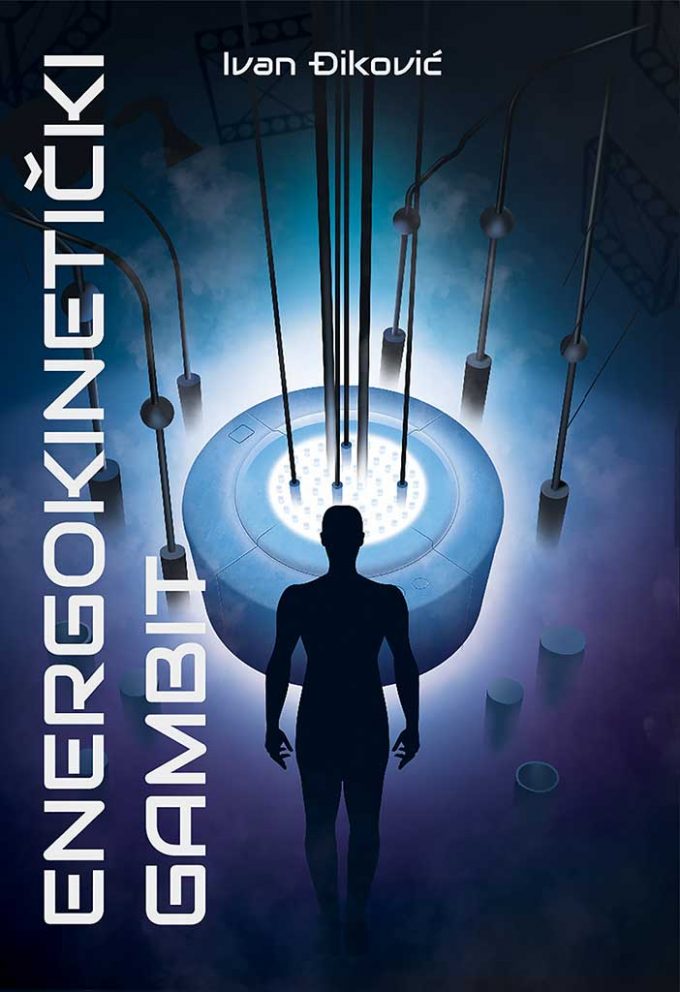The “Energykinetical Gambit” is a SciFi imagination of society and the world in the year 2089, turning into a dystopia with an apocalyptic ending.
Using moderate elements of horror, adventure, and action, the author reveals the role of mysterious extraterrestrial “manifestations” in the nuclear incidents that followed the “Manhattan Project”, and the accidents in Chernobyl and Fukushima. The disclosure of the important role of Yugoslav science in the discovery of “entities” responsible for numerous atomic disasters on Earth is particularly interesting. A collage of dramatic and quasi-documentary records introduces the reader to the events that lead the main characters, programmer Nina and engineer Jovan, on an adventure during which they will travel three continents, meet eccentric characters, and clash with dangerous enemies in the fight for the life of all humanity.
In several parallel plots, human ethics and the desire for survival collide in the fight against greed, corruption, and the desire for eternal life, and at the center of all events are mysterious alien entities and their apocalyptic plans.
This dialectical conflict between human, artificial, and alien intelligence brings anti-utopia to an inevitable collapse by asking the reader two questions: Is man really capable of destroying the world, and what does the limit look like that a machine must cross to become a being?
Can we talk about Djikovic’s novel as a warning? Certainly, just as literature is a warning. But the deeper narrative layers carry different information and more penetrating questions – about existence, about what the writer himself defines as a binary state of eternal existence, frenzy, and catatonia, regardless of whose existence is being talked about. Although grateful for the interpretation in a philosophical, ontological key, on a long scale of possible readings, this novel calls for an anthropological approach in two of its key sub-contexts – technological and identity. Both elements skillfully intertwine, influence each other and build a new Spatio-temporal entity with influences that are multidirectional in their consequences for sociological contexts.
Igor Rill, Art Historian
Long-time editor-in-chief of National Geographic Serbia, now deputy editor-in-chief of “Politikin Zabavnik” magazine

